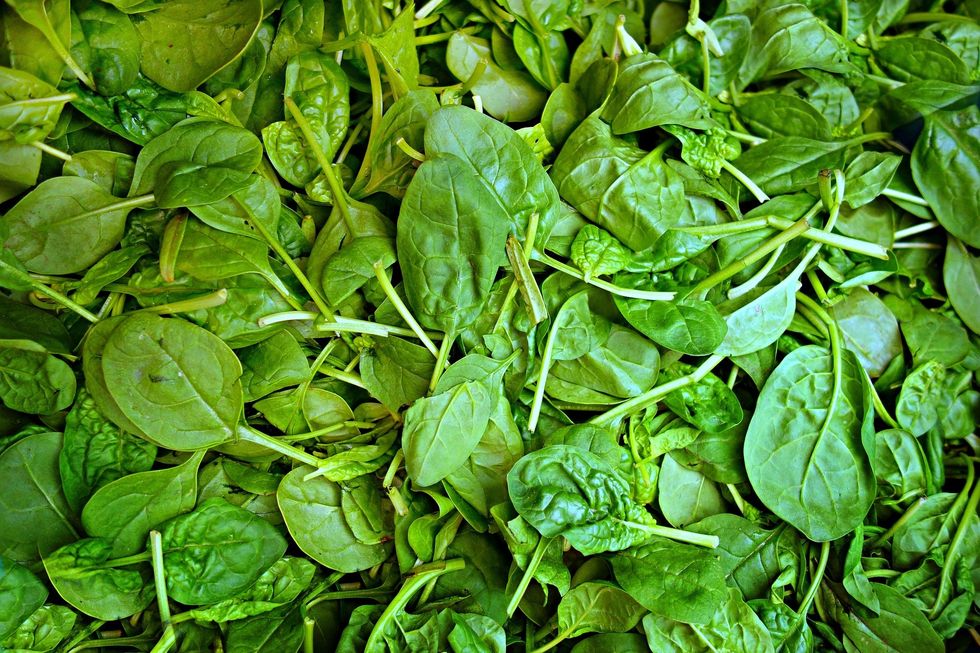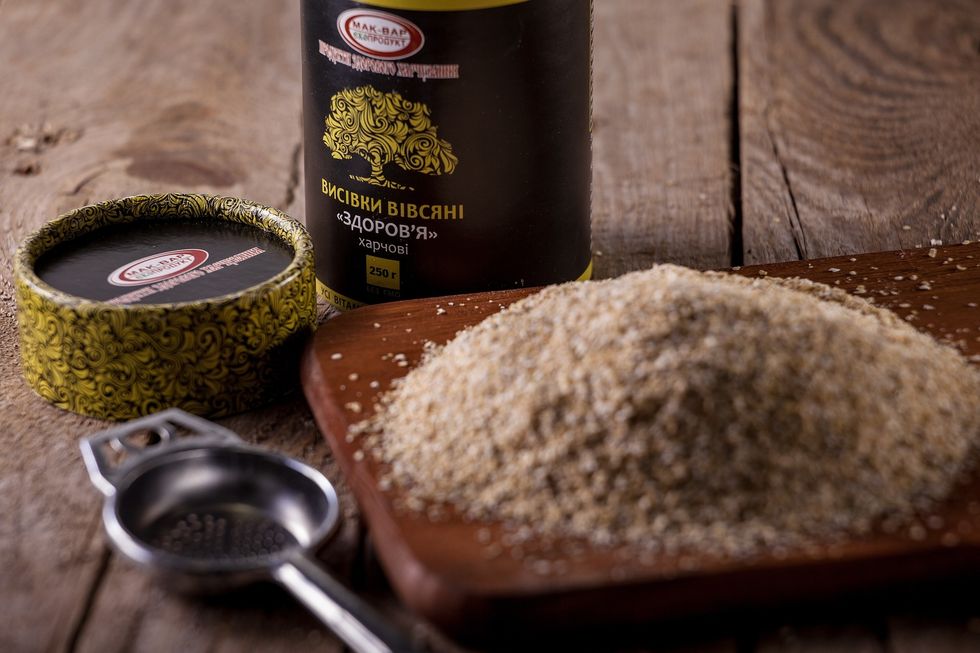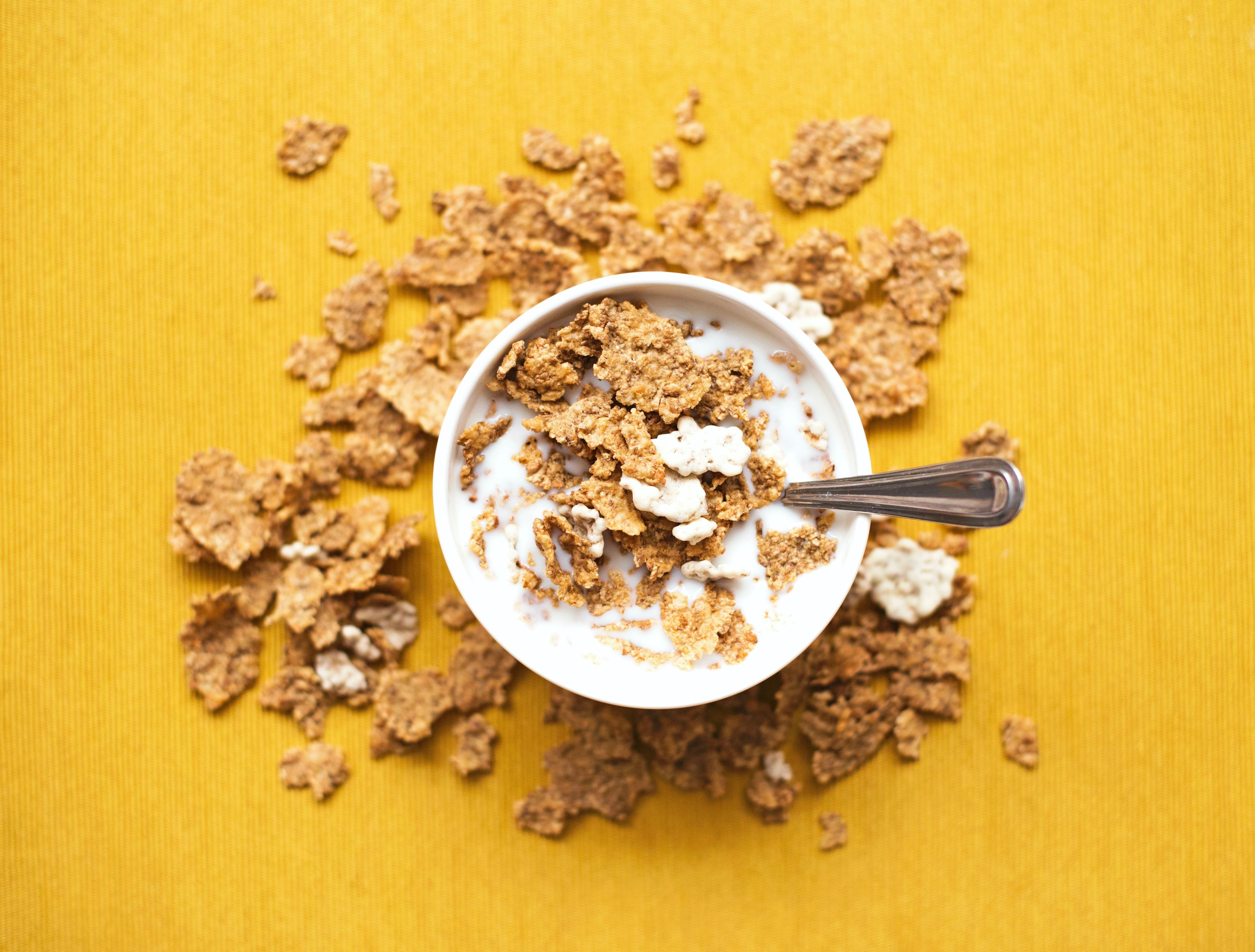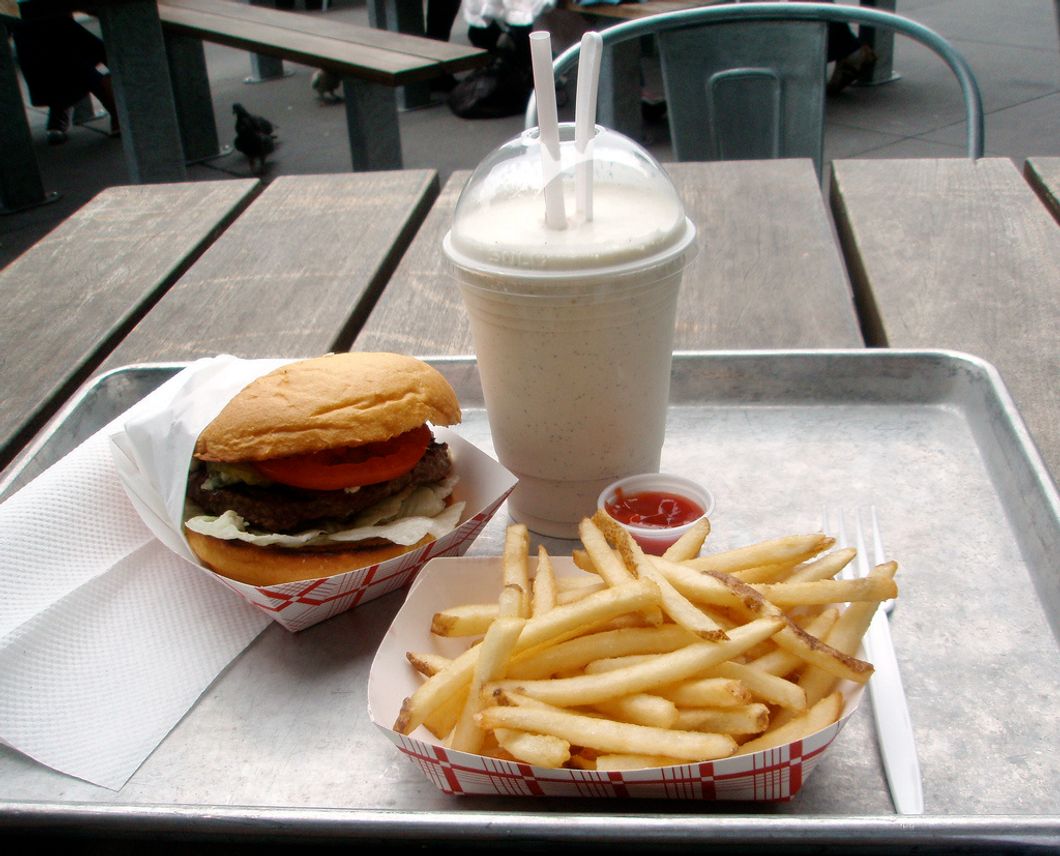Seen as one of the most common minerals for Americans to be deficient in by the FDA who state it's presence as a requirement on food labels, iron often takes a back seat to other micro-nutrients like vitamin A and C when we consider a food option. Long-term, a low-iron-intake can lead to anemia which lowers an individual's blood count leaving them often thirsty and weak.
Simply taking a supplement and forgetting about iron doesn't cut it either as the American Heart Association (AHA) admonishes on their website that "The AHA recommends that healthy individuals obtain an adequate nutrient intake from foods. Vitamin and mineral supplements are not a substitute for a balanced and nutritious" diet.
So, what foods should you start considering for your diet to avoid the terrors of anemia?
Well here is a list of the top five foods that you can incorporate into your daily life.
1. Spinach.

https://pixabay.com/photo-1522283/
Well-known for giving the old-timey cartoon character Popeye his muscles to save the day, this leafy green is found in virtually every supermarket. Per 100 grams, spinach packs not only 2.71 out of the 18 mg of iron you should be consuming daily but also 558 mg of potassium---a mineral neglected even more by the American diet.
2. Oatmeal.

https://pixabay.com/en/blueberries-oats-oatmeal-health-531209/
An up and coming alternative to cereal, this hot meal will not only warm you up but also provide about 1.8 mg of iron per serving (depending on the brand, I prefer Nature's Path organic brand of quick cook steel cut organic oats). Whether it be homestyle or the ever trendy steel cut, supplementing oatmeal into your daily eating habits is a sure fire way to reach that recommended intake of 18 mg of iron.
3. Bran.

https://pixabay.com/en/natural-products-bran-oat-bran-707575/
Present in most cereals, this grain is easily accessible for anyone on a budget. It's the ingredient who's responsible for the surprisingly high concentration of iron in cereal. While I don't condone it as an excuse to binge on those lucky charms, it's a quick and cheap alternative if you often find you don't have time to prepare some of the other items on this list. Since cereals often have added sugars and corn starches and syrups, I recommend only measuring out what you absolutely need as well as buying cereals that have bran in the name and are "topping-less" (the raisins in raisin bran are basically dried sugar despite the possible high content of essential vitamins). Personally, when I'm in a jam for a week as hectic as finals week, I buy giant brand bran flakes and eat half a cup which amounts to 10.8 mg of iron.
4. Quinoa

https://pixabay.com/en/natural-products-bran-oat-bran-707575/
Yes, yet another reason to eat Quinoa. A gluten-free whole grain, this cheaper alternative to brown rice numbers at 6g of protein and provides 2mg of iron per serving. Usually, I find myself grabbing a 10-minute Success brand box and boiling up a bag as part of my dinner whether it be in a salad or on the side it makes for another quick avenue for getting to that seemingly long-off 18mg.
5. Sunflower micro-greens.

https://pixabay.com/en/sunflowers-flowers-petals-1208281/
Never heard of it? That's probably because it's relatively new to the mainstream salad market. I myself only discovered it recently at my local whole foods. Grown by New Day Farms, described on its packaging is the founder's escapades of research towards rectifying " declines in American soil and foods"---and the fruit of his labor does the trick. This unique roughage contains the highest amount of iron on this list by far--- at 14.4 mg of iron per 90.5g in fact! I find these greens are sure to be a worthwhile addition to your salad or bowl and an absolute must-have for anyone looking to get any other nutrients from natural sources.
Hopefully, this list has given you some knowledge on bettering not only your health but to increase your quality of life by understanding the importance of iron and its leading sources.
















